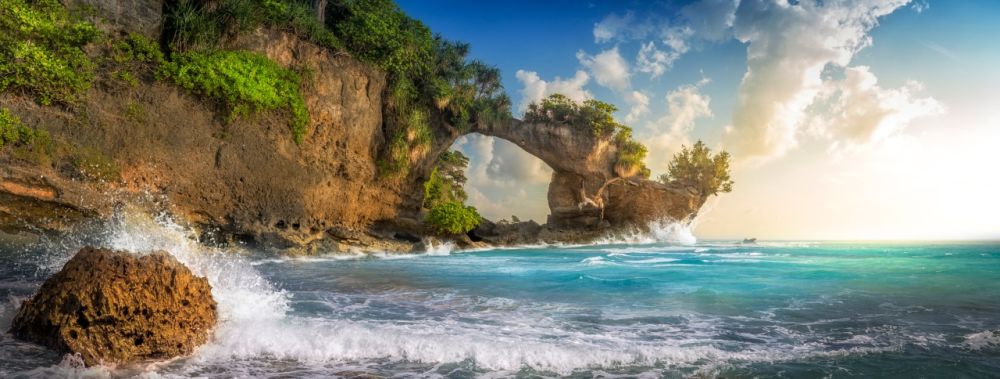

Neil Island, recently renamed as Shaheed Dweep, is part of the beautiful archipelago of the Andaman and Nicobar Islands in India. This serene destination offers unspoiled beaches, a laid-back vibe, and an opportunity to explore the underwater world. Its history as a tourist destination is relatively recent but has been a pivotal addition to the Andaman and Nicobar Islands' travel circuit.
The history of tourism on Neil Island began in earnest in the late 20th century. Initially overshadowed by the more popular Havelock Island (Swaraj Dweep), Neil Island started gaining attention due to its pristine natural beauty and more tranquil atmosphere. The development of tourism was encouraged by the Indian government's initiatives to promote the Andaman and Nicobar Islands as an exotic and eco-friendly tourist destination.
The island was traditionally inhabited by a small population primarily engaged in agriculture and fishing. With the inflow of tourists, many locals turned to the hospitality industry, setting up homestays, small hotels, and restaurants catering to visitors. The establishment of basic infrastructure, such as ferry services, roads, and communication networks, was crucial in making the island more accessible and tourist-friendly.
Neil Island may be small, but it is rich in attractions. The beaches on Neil Island, such as Bharatpur, Laxmanpur, and Sitapur, are known for their coral reefs and clear waters, making them perfect for snorkeling and scuba diving. The Natural Bridge (also known as Howrah Bridge), a natural rock formation, is another sight to behold and a popular spot for photography enthusiasts.
Eco-tourism also plays a significant role on the island, with opportunities for tourists to engage in activities such as bird watching, nature walks, and cycling. Tourism on the island respects ecological sensitivity by limiting overdevelopment and maintaining a balance with nature.
In recent years, there has been a shift towards more sustainable and responsible travel. Tourists visiting Neil Island are increasingly interested in minimizing their carbon footprint, participating in conservation efforts, and experiencing the local culture authentically. This has led to a rise in the popularity of eco-friendly accommodations and activities.
Another trend is the growth of digital platforms and social media influencing travel decisions. With its picturesque landscapes, Neil Island has become a photogenic destination, drawing content creators and nature lovers alike. Additionally, improved connectivity and online booking systems have made it simpler for travelers to plan their trips to this remote island.
Looking ahead, the future of tourism on Neil Island seems poised for steady growth with a focus on sustainable practices. The local government and tourism industry stakeholders are working hand in hand to ensure that development does not come at the expense of the environment or the well-being of the island's residents.
Initiatives such as limiting visitor numbers, promoting off-season travel, and supporting local businesses and communities are ways in which Neil Island is approaching tourism in the future. Protecting the natural beauty and unique ecology of the island remains paramount to ensure that visitors can enjoy the serene landscapes of Neil Island for generations to come.